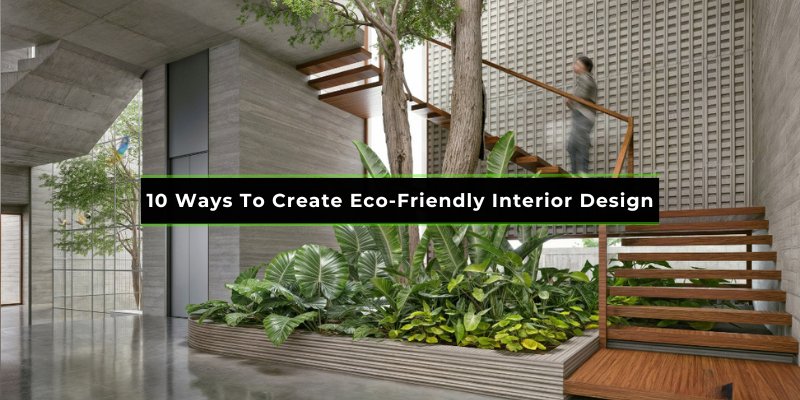Creating an eco-friendly interior design enhances your home and benefits the planet. It blends sustainability with style, making your living space both beautiful and earth-conscious.
In today’s world, more people seek ways to live sustainably. Eco-friendly interior design is a perfect approach to achieving this. It involves choosing materials, furniture, and decor that minimize environmental impact. This can include using recycled materials, energy-efficient lighting, and non-toxic paints.
By making thoughtful choices, you can create a home that reflects your values and reduces your carbon footprint. This blog post will guide you through ten practical steps to achieve an eco-friendly interior design. Let’s explore how to make your home greener and more sustainable.
Use Natural Materials
Using natural materials in interior design is a great way to make your home eco-friendly. It reduces the carbon footprint and creates a warm and inviting space. Natural materials like wood, bamboo, stone, and clay are sustainable and long-lasting. They add a touch of nature to your home and promote a healthy indoor environment.
Wood And Bamboo
Wood is a versatile and timeless material. It can be used for furniture, flooring, and wall accents. Choose reclaimed or sustainably sourced wood to ensure eco-friendliness. Bamboo is another excellent option. It grows quickly and is highly renewable. Bamboo can be used for flooring, furniture, and even window treatments.
Stone And Clay
Stone adds a natural and durable element to your home. Use it for countertops, flooring, and decorative accents. Each stone piece is unique, adding character to your space. Clay is another natural material with many uses. It can be used for tiles, pottery, and even walls. Clay is breathable and regulates indoor humidity levels, creating a healthier living environment.
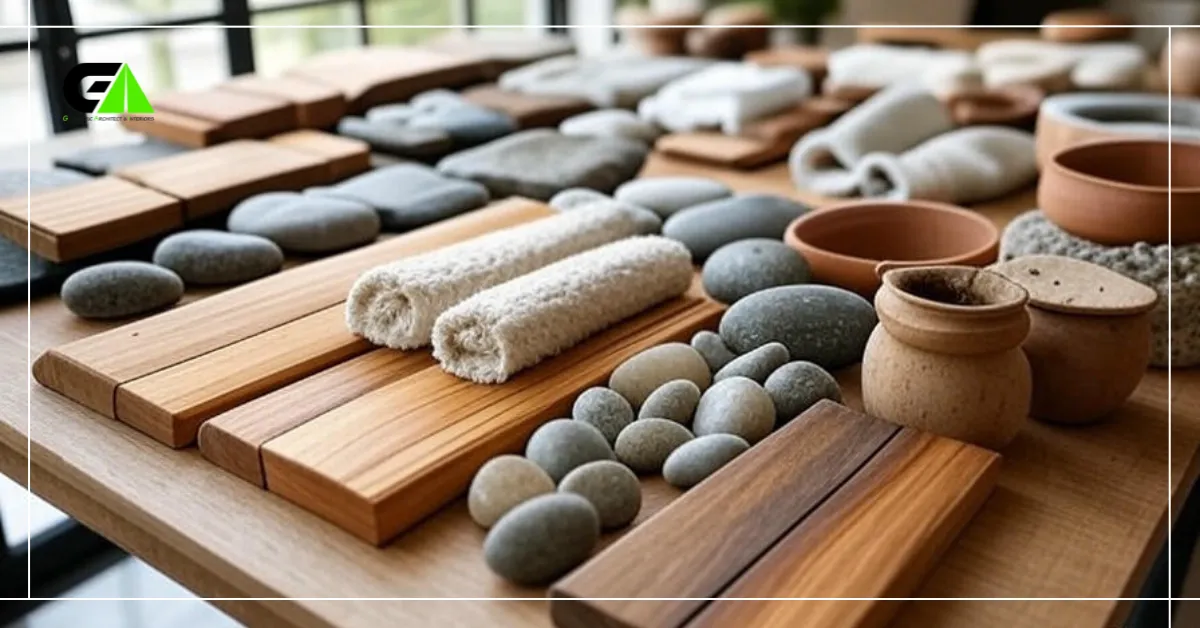
Incorporate Recycled Items
Incorporating recycled items into your interior design not only helps the environment but also adds a unique touch to your home. By using materials that have already served a purpose, you can reduce waste and create a stylish, eco-friendly space. Here are some ways to get started.
Reclaimed Wood
Reclaimed wood is a fantastic option for eco-friendly design. It gives your home a rustic, warm feel. Use it for flooring, walls, or furniture. Each piece has a story, adding character to your space.
Reclaimed wood is durable and often better quality than new wood. It also reduces the demand for new lumber, helping to preserve forests. Look for local suppliers to minimize transportation impact.
Vintage Furniture
Vintage furniture is another great way to recycle. It gives your home a unique, timeless look. Older pieces often have better craftsmanship and materials than modern furniture.
Shopping for vintage items can be fun and rewarding. You can find one-of-a-kind pieces that reflect your personal style. Plus, you save these items from ending up in a landfill.
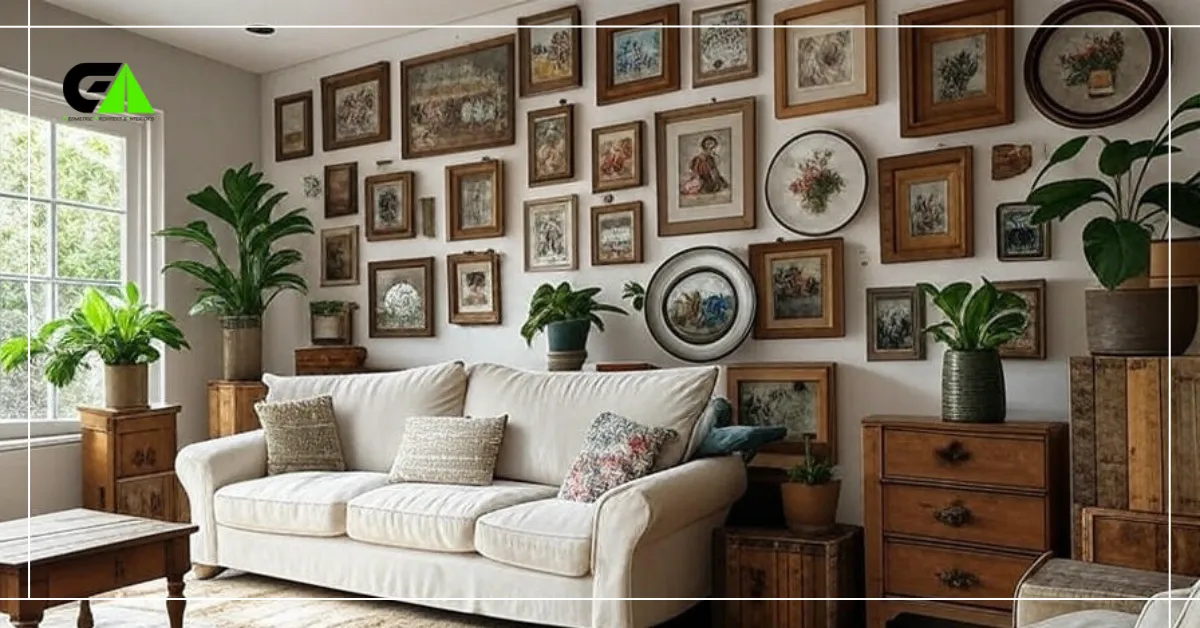
Opt For Energy-efficient Lighting
Choosing energy-efficient lighting is a key step in creating an eco-friendly interior design. It saves energy and reduces your carbon footprint. Plus, it can lower your electricity bills.
Led Bulbs
LED bulbs use less power and last longer than traditional bulbs. They are a cost-effective option for sustainable lighting. These bulbs come in various shapes and sizes, fitting any light fixture. Switching to LED bulbs can reduce energy consumption by up to 80%.
Solar-powered Lights
Solar-powered lights are perfect for areas with plenty of sunlight. They charge during the day and light up your home at night. These lights are great for outdoor spaces like gardens and patios. They reduce reliance on grid electricity and are easy to install.
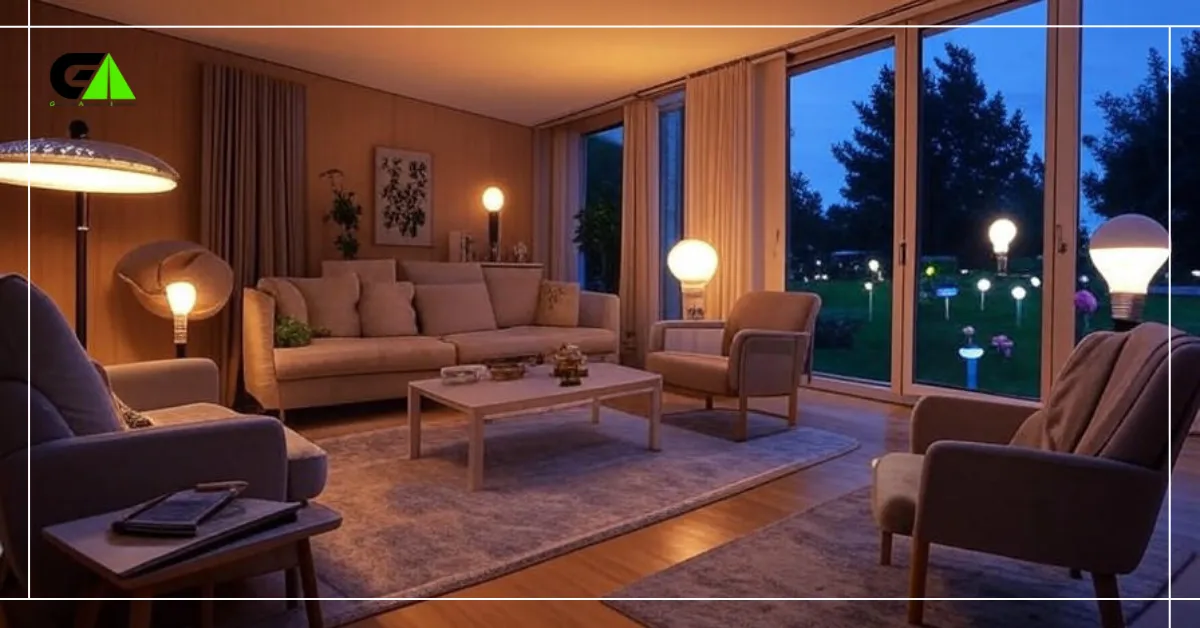
Choose Low-voc Paints
Choosing low-VOC paints is one of the best ways to create an eco-friendly interior design. VOCs, or volatile organic compounds, are chemicals found in many paints that can harm your health and the environment. By opting for low-VOC paints, you reduce indoor air pollution and contribute to a healthier home.
Benefits Of Low-voc Paints
Low-VOC paints release fewer toxins into the air. They improve indoor air quality. They reduce the risk of respiratory issues. These paints have less odor, making the painting process more pleasant. They are also durable and available in many colors.
Best Brands
Several brands offer high-quality low-VOC paints. Benjamin Moore’s Natura line is a popular choice. It has zero VOCs and is available in many colors. Sherwin-Williams also offers the Harmony line, which is known for its durability and eco-friendly formula. Another excellent brand is Behr Premium Plus, which provides good coverage and low VOCs.
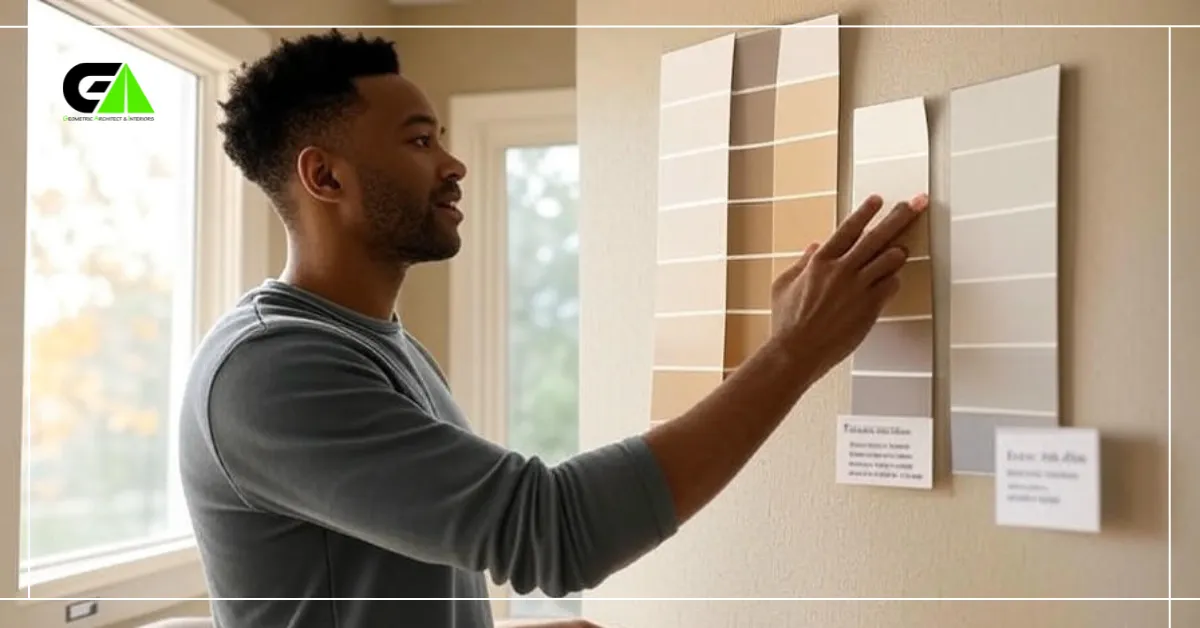
Install Water-saving Fixtures
Creating an eco-friendly interior design is a rewarding endeavor. One effective way to achieve this is by installing water-saving fixtures. These fixtures not only conserve water but also reduce utility bills. They are an essential part of sustainable living.
Low-flow Faucets
Low-flow faucets are a must-have for eco-friendly homes. They use less water without compromising performance. These faucets reduce water flow by up to 30%. This leads to significant savings over time. They come in various styles to match your decor.
Dual-flush Toilets
Dual-flush toilets offer two flushing options. One for liquid waste and one for solid waste. This feature saves a considerable amount of water. They are efficient and easy to use. Many modern designs are available to suit any bathroom style.
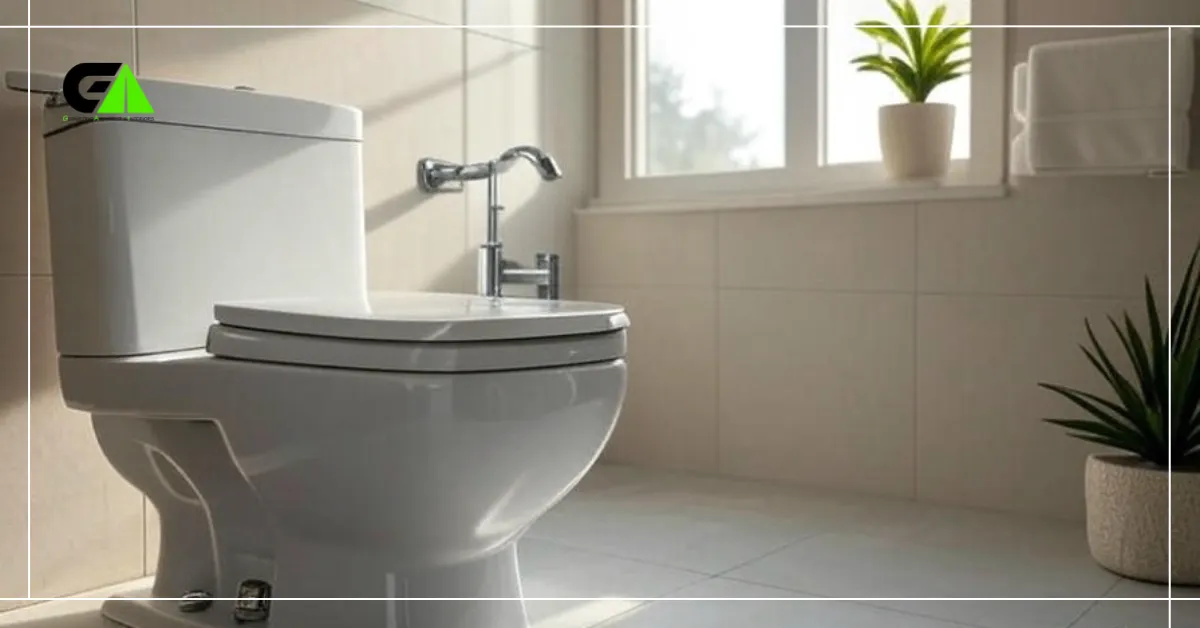
Maximize Natural Light
Maximizing natural light is a key strategy for creating an eco-friendly interior design. Natural light reduces the need for artificial lighting, saving energy and lowering electricity bills. It also creates a warm, inviting atmosphere. Here are some ideas to help you harness the power of natural light.
Skylights
Skylights are an excellent way to bring in more natural light. They can be installed in various rooms, including living rooms, kitchens, and bathrooms. Skylights allow sunlight to pour in from above, brightening up your space. Choose energy-efficient skylights to keep your home warm in the winter and cool in the summer.
Large Windows
Large windows are another effective method to maximize natural light. They provide expansive views and flood your home with daylight. Position your furniture to make the most of the sunlight streaming in. Opt for double-glazed windows to improve insulation and reduce energy consumption. If privacy is a concern, consider using sheer curtains or blinds that still let in light while maintaining your privacy.
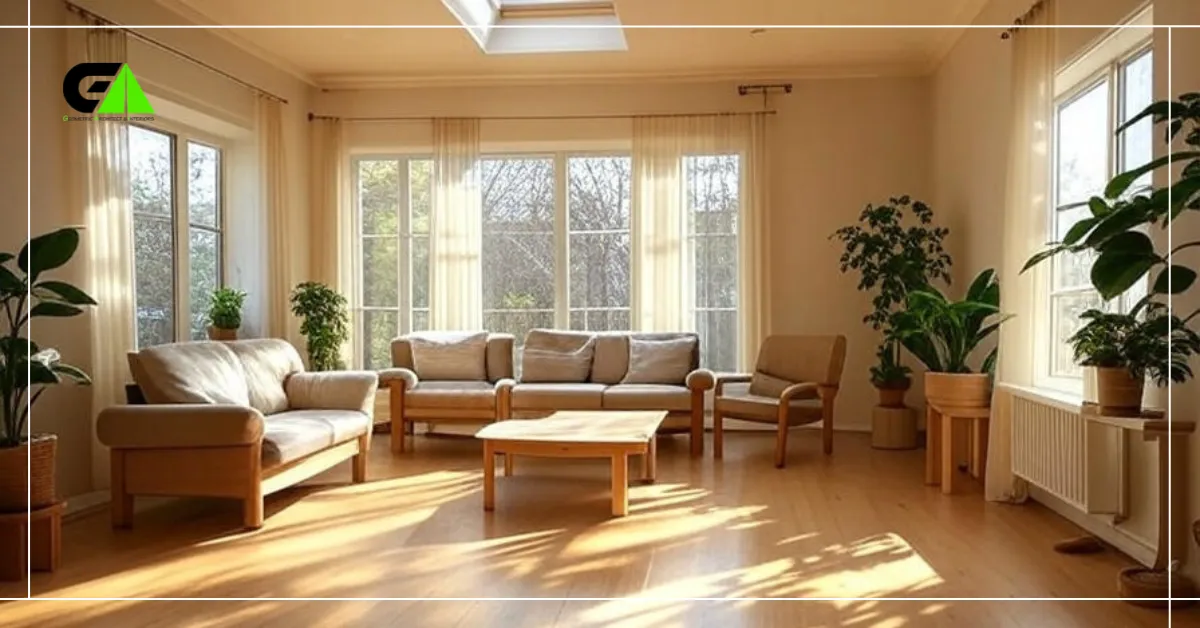
Use Eco-friendly Fabrics
Creating an eco-friendly interior design involves many aspects, one of which is choosing the right fabrics. By using eco-friendly fabrics, you can reduce your carbon footprint and support sustainable practices. These fabrics are often made from natural fibers and processed without harmful chemicals, making them better for your health and the environment.
Organic Cotton
Organic cotton is grown without synthetic pesticides or fertilizers. This makes it a healthier choice for the planet and for you. It is soft, durable, and versatile, making it ideal for a variety of home textiles.
-
Bedding
-
Curtains
-
Upholstery
Organic cotton is also biodegradable. So, it won’t linger in landfills. By choosing organic cotton, you support farming practices that are more sustainable and ethical.
Hemp And Linen
Hemp and linen are two of the most sustainable fabrics available. Both are made from plants that require minimal water and pesticides. They are also very durable, making them perfect for long-lasting home furnishings.
|
Fabric |
Benefits |
|---|---|
|
Hemp |
Strong and mold-resistant. It gets softer with each wash. |
|
Linen |
Highly breathable and naturally antibacterial. |
Both hemp and linen are biodegradable and have a low environmental impact. They also offer unique textures and natural aesthetics, adding a touch of elegance to your home.
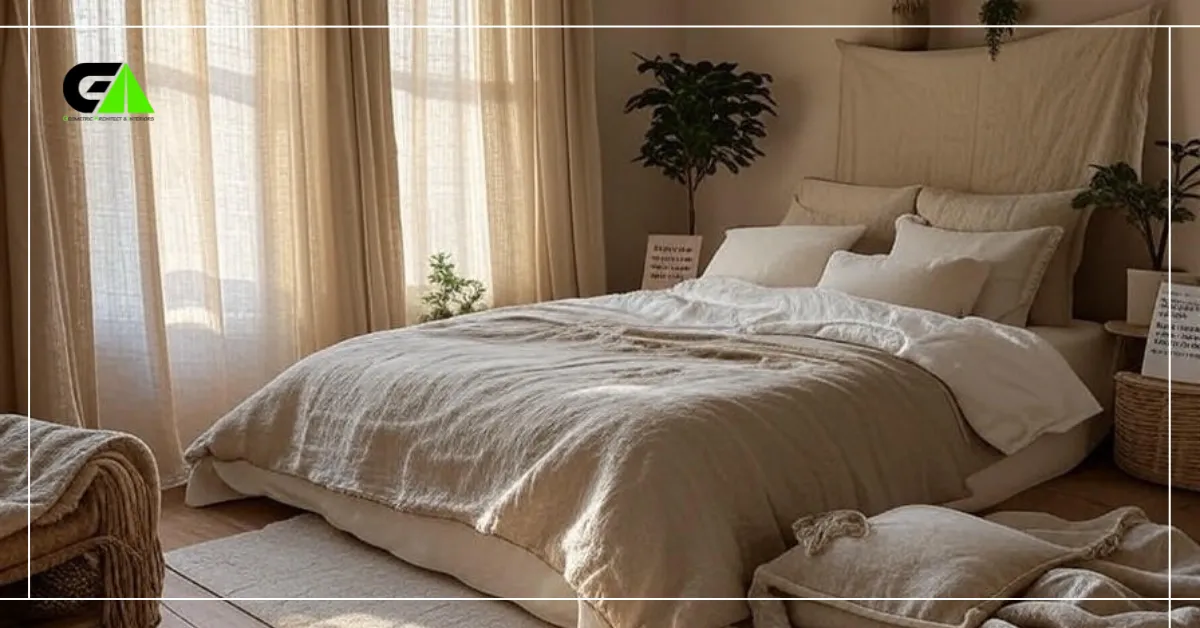
Incorporate Green Plants
Enhance your eco-friendly interior design by incorporating green plants. They improve air quality and add a natural touch to your space.
Adding green plants to your home brings nature indoors. They create a calming atmosphere and improve air quality. Plants also add a touch of elegance to any room. Choose plants that suit your space and style.
Air-purifying Plants
Certain plants clean the air and remove toxins. Spider plants, snake plants, and peace lilies are great choices. They are low maintenance and thrive in indoor spaces. These plants are perfect for bedrooms, living rooms, and offices.
Vertical Gardens
Vertical gardens save space and look stunning. Use walls to grow herbs, flowers, or small vegetables. They are ideal for small apartments and urban homes. Vertical gardens also create a focal point in any room. They are easy to maintain and add a unique touch.
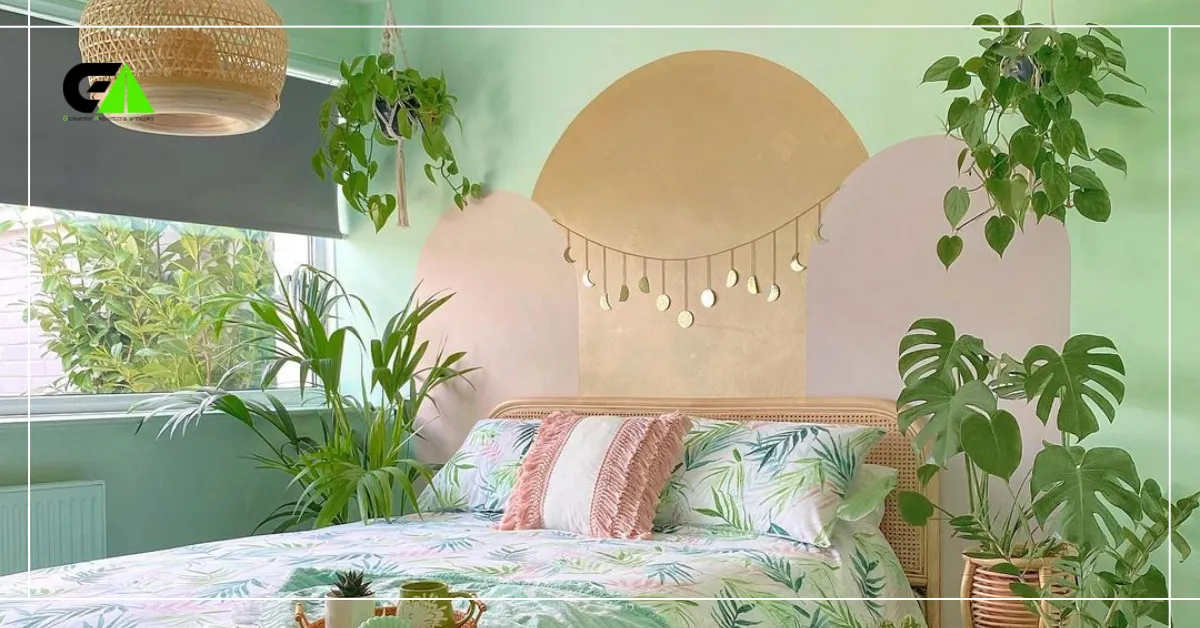
Implement Smart Technology
Creating an eco-friendly interior design involves many aspects, including the use of smart technology. This technology helps reduce energy consumption and enhances your home’s efficiency. This section focuses on two crucial elements: smart thermostats and energy monitoring.
Smart Thermostats
Smart thermostats are a great addition to any eco-friendly home. They allow you to control your home’s temperature remotely through a smartphone. This means you can adjust the temperature even when you’re not at home. This helps in reducing unnecessary energy usage.
Some models also learn your daily routine. They automatically adjust the temperature based on your habits. For example, they can lower the heat while you sleep and raise it when you wake up. This ensures comfort while saving energy.
In addition, smart thermostats provide detailed reports. These reports show how much energy you use over time. This can help you make informed decisions to further reduce energy consumption.
Energy Monitoring
Energy monitoring systems offer a real-time view of your home’s energy usage. These systems track energy consumption and identify where you use the most power. Knowing this can help you make changes to reduce your energy footprint.
Some advanced systems even offer tips for saving energy. They might suggest using certain appliances at off-peak times to save on electricity bills. This insight helps you optimize energy use and save money.
Here’s a quick overview of the benefits of energy monitoring systems:
| Benefit | Description |
|---|---|
| Real-time data | Shows current energy usage |
| Detailed reports | Provides monthly energy consumption |
| Savings tips | Suggests ways to reduce energy use |
By integrating smart thermostats and energy monitoring systems, you can achieve a more eco-friendly interior. These technologies not only save energy but also enhance your living experience.
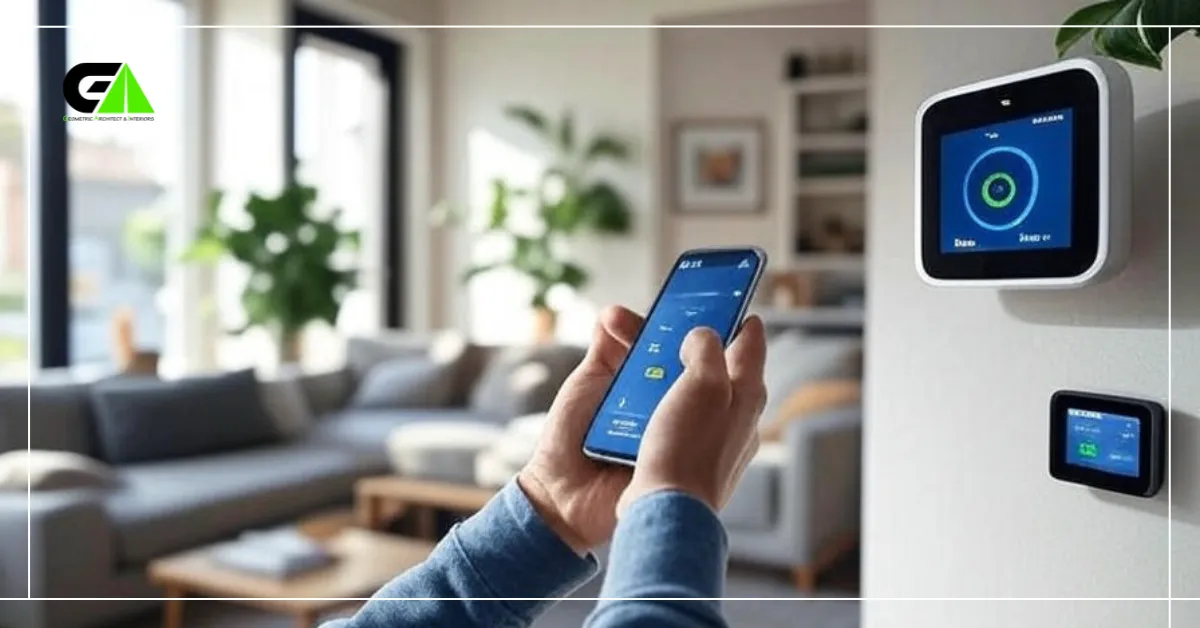
Support Local Artisans
Supporting local artisans is a fantastic way to make your home more eco-friendly. By choosing handmade items, you reduce the carbon footprint associated with mass production. Plus, you get unique pieces that tell a story. Here’s how you can support local artisans in your eco-friendly interior design:
Handmade Decor
Handmade decor items are often crafted with care and attention. They bring a personal touch to your home. These items usually use sustainable materials. This reduces waste and supports eco-friendly practices.
-
Pottery – Local potters create beautiful and functional items.
-
Textiles – Handwoven rugs and blankets offer warmth and style.
-
Woodwork – Custom-made furniture adds a unique charm.
Choosing handmade decor ensures each piece is unique. Your home will reflect your personality and support the local economy.
Locally Sourced Materials
Locally sourced materials have a lower environmental impact. They reduce transportation emissions and support regional businesses. Here are some materials you can consider:
|
Material |
Benefits |
|---|---|
|
Reclaimed Wood |
Gives a rustic look and is eco-friendly. |
|
Bamboo |
Renewable and versatile for various uses. |
|
Natural Stone |
Durable and adds a natural element. |
Incorporating locally sourced materials into your design not only helps the environment but also adds a regional flavor to your home. Each material has its unique benefits and charm.
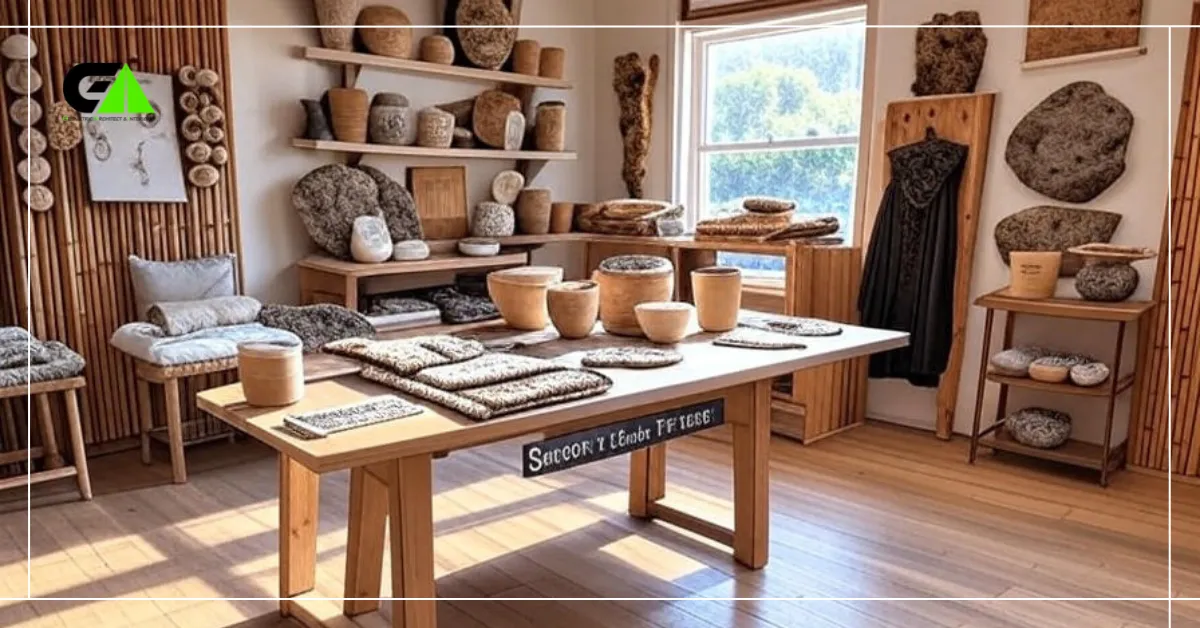
Frequently Asked Questions
What Are Eco-friendly Interior Design Materials?
Eco-friendly interior design materials include bamboo, reclaimed wood, and recycled glass. These materials are sustainable and reduce environmental impact. They also add a unique touch to your space.
How Can I Reduce Energy Consumption In My Home?
You can reduce energy consumption by using LED lighting, energy-efficient appliances, and smart thermostats. These changes help save energy and lower utility bills.
What Are Sustainable Furniture Options?
Sustainable furniture options include pieces made from reclaimed wood, recycled materials, or certified sustainable forests. These choices promote environmental conservation and reduce waste.
How Do Indoor Plants Benefit Eco-friendly Design?
Indoor plants improve air quality and provide a natural aesthetic. They also promote well-being and reduce stress, enhancing the eco-friendly atmosphere.
Conclusion
Creating an eco-friendly interior design is both simple and rewarding. These tips help you make greener choices at home. Small changes lead to big impacts. Choose sustainable materials. Use energy-efficient lighting. Add plants for better air quality. Recycle and upcycle whenever possible.
Your home will feel fresh and inviting. Start today and enjoy a beautiful, eco-friendly space.

